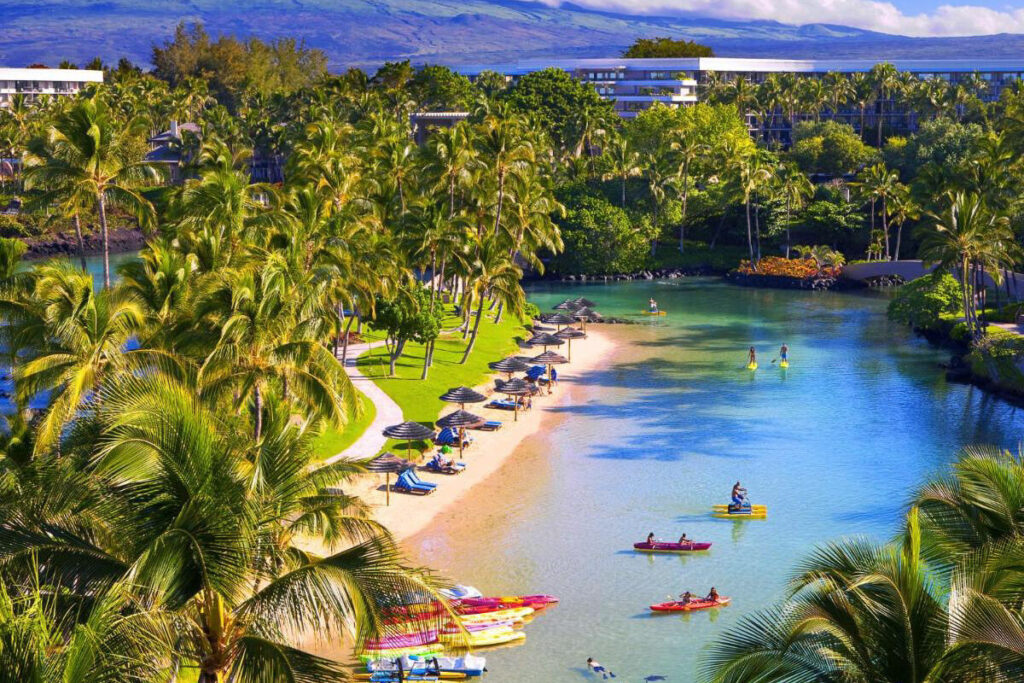Are you planning a trip to Hawaii and want to make sure your visit leaves a positive impact on the environment? Look no further! In this article, we will share with you 10 eco-friendly practices for sustainable tourism in Hawaii. From supporting local businesses to reducing your carbon footprint, these simple yet impactful strategies will help you travel with respect and ensure the preservation of Hawaii’s natural beauty for generations to come. So get ready to explore the stunning landscapes and vibrant culture of Hawaii while making a difference in a friendly and environmentally conscious way!
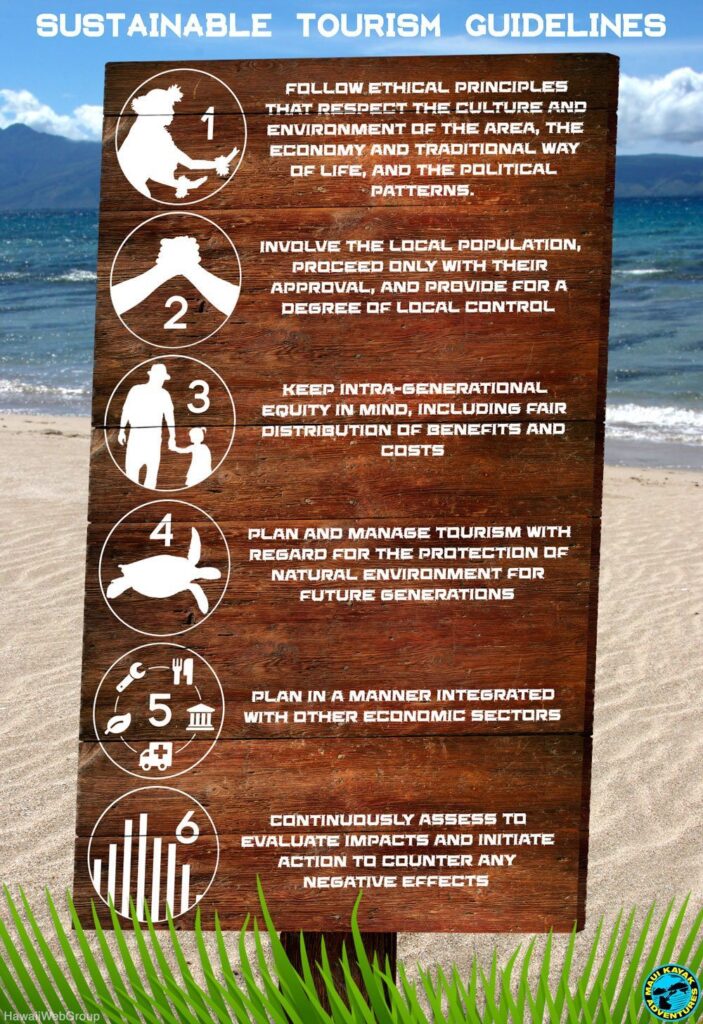
Choosing eco-friendly accommodations
When planning your trip to Hawaii, one of the first steps you can take towards sustainable tourism is choosing eco-friendly accommodations. By staying at green hotels and resorts, you can support businesses that prioritize sustainability and minimize their carbon footprint. Researching these eco-friendly options beforehand will ensure that your stay aligns with your values and contributes to the preservation of Hawaii’s beautiful natural environment.
Researching green hotels and resorts
To find the perfect eco-friendly accommodation, take some time to research hotels and resorts that have implemented green practices. Look for certifications such as LEED (Leadership in Energy and Environmental Design) or Green Key, which guarantee that the property meets certain sustainability standards. Some eco-friendly features to look out for include energy-saving appliances, solar power use, water-saving initiatives, and waste reduction programs. These environmentally conscious initiatives not only minimize the impact on the environment but also provide a more sustainable and enjoyable experience for you as a guest.
Opting for eco-lodges and vacation rentals
If you prefer a more unique and personal experience, consider staying at eco-lodges or vacation rentals that prioritize sustainability. These types of accommodations often blend harmoniously with the surrounding nature and offer a more authentic and off-the-beaten-path experience. Look for properties that implement eco-friendly practices, such as using renewable energy sources, promoting waste reduction, and supporting local communities. By choosing these types of accommodations, you can support responsible tourism practices and have a more eco-conscious vacation.
Supporting B&Bs focusing on sustainability
Bed and breakfast (B&B) establishments that focus on sustainability are another excellent option for eco-conscious travelers. Many B&Bs in Hawaii are committed to reducing their environmental impact and supporting local communities. These accommodations often serve locally sourced organic breakfasts, minimize waste through recycling and composting, and implement energy-saving measures. Staying at a B&B allows you to directly contribute to the local economy and support businesses that prioritize sustainability.
Engaging in responsible transportation
Another essential aspect of sustainable tourism is choosing responsible transportation methods during your stay in Hawaii. By opting for eco-friendly transportation options, you can reduce your carbon footprint, minimize traffic congestion, and contribute to the preservation of Hawaii’s stunning natural beauty.
Utilizing public transportation
One of the easiest ways to engage in responsible transportation is by utilizing public transportation. Many areas in Hawaii have accessible bus routes and other public transportation options that can take you to popular tourist destinations and attractions. By taking the bus, you can reduce the number of vehicles on the road and decrease your carbon emissions. Additionally, public transportation often provides a unique opportunity to connect with locals and experience the authentic culture of Hawaii.
Choosing eco-friendly rental cars
If you prefer the convenience of having your own vehicle, consider choosing an eco-friendly rental car. Many car rental companies offer hybrid or electric vehicles as part of their fleet. By opting for these environmentally friendly options, you can significantly reduce your carbon emissions while exploring the beauty of Hawaii. Additionally, carpooling or sharing a rental car with fellow travelers can further minimize your impact on the environment.
Walking, biking, or using electric scooters
In areas where it is feasible and safe, consider walking, biking, or using electric scooters to explore your surroundings. Walking and biking not only have a minimal environmental impact but also allow you to fully immerse yourself in the beauty of Hawaii’s landscapes. In popular tourist destinations or city centers, electric scooters are becoming increasingly available as a convenient and eco-friendly mode of transportation. These alternative modes of transportation provide a unique and sustainable way to explore Hawaii while reducing your carbon footprint.
Conserving water
Water conservation is crucial for preserving Hawaii’s natural resources and ensuring the sustainability of the islands. By adopting simple water-saving practices during your stay, you can contribute to the preservation of this precious resource and minimize your impact on the environment.
Taking shorter showers
One of the simplest and most effective ways to conserve water is by taking shorter showers. Challenge yourself to shorten your shower time and turn off the water when lathering or shampooing. By reducing the amount of water used during each shower, you can make a significant difference in conserving this valuable resource.
Reusing towels and linens
Another way to conserve water is by reusing towels and linens during your stay. Many hotels now promote the reuse of towels and linens to minimize unnecessary water consumption from laundry services. By reusing these items for multiple days, you can help conserve water resources and reduce the energy required for washing and drying.
Using water-saving devices
To further conserve water, consider using water-saving devices, such as low-flow showerheads and faucets, during your stay in Hawaii. These devices reduce the amount of water used without compromising your comfort. You can also consider staying at accommodations that have implemented water-saving measures, such as dual-flush toilets and water-efficient irrigation systems for landscaping. These small changes can collectively make a significant impact on water conservation efforts.
Reducing energy consumption
Reducing energy consumption is another crucial aspect of sustainable tourism. By adopting energy-saving practices during your stay in Hawaii, you can contribute to the preservation of natural resources and decrease your carbon footprint.
Turning off lights and electronics when not in use
A simple and easy way to save energy is by turning off lights and electronics when they are not in use. Make it a habit to switch off lights, television, air conditioning, and other electronic devices whenever you leave your accommodation or when they are not needed. By minimizing unnecessary energy consumption, you can contribute to the reduction of greenhouse gas emissions and conserve resources.
Using energy-efficient appliances and light bulbs
When choosing accommodations or vacation rentals, look for properties that have invested in energy-efficient appliances and light bulbs. Energy-efficient appliances consume less energy and contribute to a more sustainable stay. Compact fluorescent lamps (CFLs) and light-emitting diodes (LEDs) are efficient alternatives to traditional incandescent bulbs, providing the same amount of light while using less energy and having a longer lifespan.
Utilizing natural ventilation and AC sparingly
In Hawaii’s pleasant climate, take advantage of natural ventilation by opening windows and using fans instead of relying solely on air conditioning. Utilizing natural airflow not only reduces energy consumption but also allows you to enjoy the fresh island breeze. When air conditioning is necessary, set the temperature at a moderate level and avoid excessive use. This conscious effort in managing energy use can contribute to a more sustainable and environmentally friendly stay.
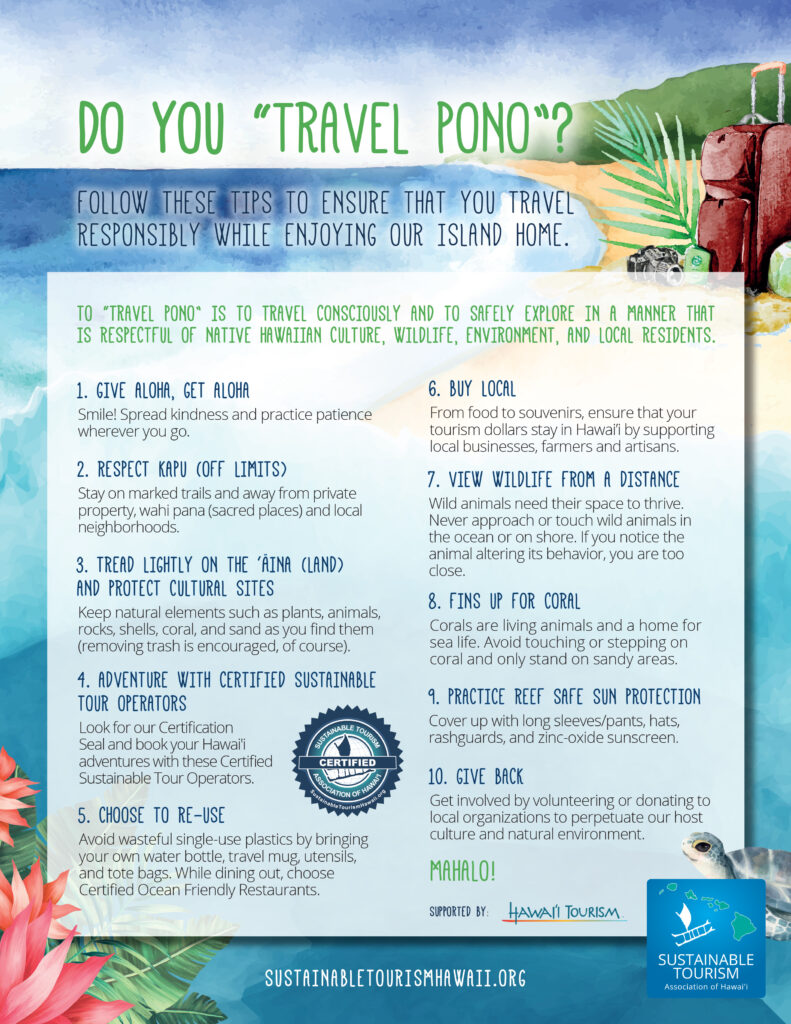
Supporting local and sustainable food
One of the most enjoyable aspects of travel is experiencing new cuisines and exploring local food culture. By supporting local and sustainable food practices, you can not only indulge in delicious meals but also contribute to the preservation of Hawaii’s agricultural heritage and biodiversity.
Eating at farm-to-table restaurants
When dining out, choose farm-to-table restaurants that prioritize sourcing ingredients locally and sustainably. These establishments support local farmers and reduce the environmental impact of transporting food long distances. By opting for farm-to-table dining, you can enjoy fresh and flavorful meals while supporting sustainable agricultural practices.
Opting for organic and locally sourced produce
If you prefer to prepare your meals during your stay in Hawaii, opt for organic and locally sourced produce. Visit local farmers’ markets or look for grocery stores that stock locally grown fruits, vegetables, and other products. By choosing organic produce, you can support sustainable farming practices that prioritize soil health, biodiversity, and reduced pesticide use.
Attending farmers’ markets
A visit to a local farmers’ market is not only a delightful experience but also a way to support sustainable agriculture and local communities. Farmers’ markets offer a wide variety of locally grown and artisanal products, giving you the opportunity to taste the flavors of Hawaii while directly supporting local farmers and producers. Additionally, purchasing from farmers’ markets reduces the carbon footprint associated with long-distance transportation of food.
Respecting marine life
Hawaii is renowned for its stunning marine life, coral reefs, and vibrant ecosystems. To ensure the long-term preservation of these incredible marine habitats, it’s essential to engage in responsible practices while exploring the underwater world.
Engaging in responsible snorkeling and diving
When snorkeling or diving, it’s crucial to engage in responsible practices to minimize disturbances to marine life and coral reefs. Avoid standing or touching the coral, as it can cause irreversible damage. Maintain a respectful distance from marine animals and avoid chasing or harassing them. By adhering to responsible snorkeling and diving guidelines, you can help protect Hawaii’s delicate marine ecosystems.
Avoiding touching or harassing marine animals
While it may be tempting to interact with marine animals, it’s essential to remember that they are wild creatures and should be observed from a safe distance. Avoid touching, feeding, or attempting to ride marine animals, as this can disrupt their natural behaviors and cause stress or harm. Respect their natural habitats and observe them with appreciation and awe.
Using reef-safe sunscreen
When snorkeling or swimming in Hawaii’s pristine waters, it’s important to choose reef-safe sunscreen that does not contain harmful chemicals like oxybenzone and octinoxate. These chemicals can have detrimental effects on coral reefs and marine life. Opt for mineral-based sunscreens that use non-nano zinc oxide or titanium dioxide as active ingredients. By choosing reef-safe sunscreen, you can protect yourself from the sun’s harmful rays while minimizing your impact on Hawaii’s fragile marine ecosystems.
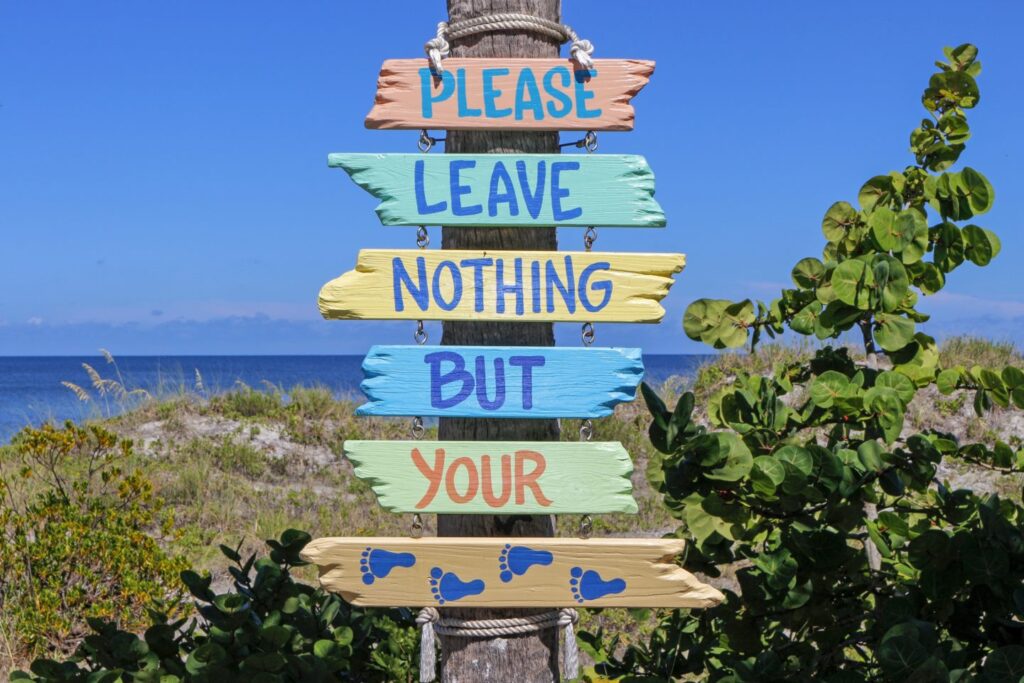
Minimizing waste
Waste management is a critical aspect of sustainable tourism. By minimizing waste and adopting responsible waste management practices, you can contribute to the preservation of Hawaii’s natural beauty and reduce the strain on local communities.
Carrying a reusable water bottle and shopping bag
One of the simplest ways to minimize waste is by carrying a reusable water bottle and shopping bag. By avoiding single-use plastic bottles and bags, you can significantly reduce the amount of plastic waste generated during your stay. Many accommodations and restaurants now provide water refill stations, making it easy to stay hydrated while minimizing plastic waste.
Avoiding single-use plastics
In addition to water bottles and shopping bags, strive to avoid other single-use plastics, such as straws, cutlery, and containers. Opt for reusable alternatives or bring your own eco-friendly alternatives, such as bamboo or stainless steel straws and food containers. By making these small changes, you can make a big difference in reducing plastic waste and protecting Hawaii’s natural environment.
Properly disposing of waste and recycling
When disposing of waste, make sure to utilize designated bins and follow local recycling guidelines. Properly disposing of waste and recycling helps prevent pollution and ensures that valuable resources are diverted from landfills. Take the time to separate recyclables from regular waste and educate yourself on the local recycling protocols. By actively participating in responsible waste management, you contribute to the overall cleanliness and sustainability of Hawaii.
Participating in community-based tourism
Engaging in community-based tourism activities allows you to connect with local communities, learn about their culture, and support their economic development. By choosing community-based tourism, you can contribute to the preservation of Hawaii’s cultural heritage and empower local communities.
Taking part in cultural activities and events
Participating in cultural activities and events is a fantastic way to immerse yourself in Hawaii’s rich heritage. Attend traditional dance performances, visit art galleries showcasing local artists, or participate in cultural workshops to learn about traditional crafts and practices. By supporting these activities, you contribute to the preservation and promotion of Hawaii’s unique cultural identity.
Supporting local artisans and businesses
When shopping for souvenirs, prioritize purchasing from local artisans and businesses. Look for products that are handmade or locally produced. By supporting local artisans, you not only take home unique and authentic souvenirs but also help sustain traditional crafts and support the local economy.
Learning about the history and heritage of Hawaii
Take the time to learn about the history and heritage of the places you visit in Hawaii. Engage in guided tours, visit historical sites, and explore museums that share the stories and cultural significance of the islands. By gaining a deeper understanding of Hawaii’s history, you can appreciate the unique cultural landscape and contribute to the preservation of its heritage.
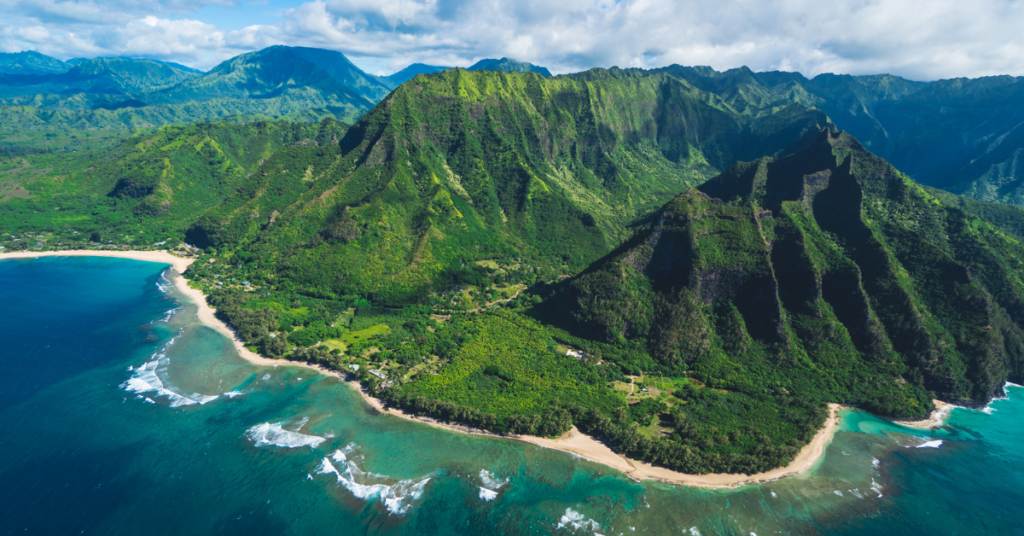
Preserving natural resources
Preserving Hawaii’s natural resources is essential for maintaining the beauty and ecological integrity of the islands. By following responsible practices and respecting the natural environment, you contribute to the long-term sustainability of Hawaii’s delicate ecosystems.
Staying on designated trails and paths
When exploring Hawaii’s scenic landscapes, make sure to stay on designated trails and paths. Straying off the designated paths can cause erosion, damage fragile vegetation, and disturb wildlife habitats. Following these guidelines helps protect Hawaii’s natural beauty and ensures that future generations can enjoy the same breathtaking landscapes.
Respecting protected areas and wildlife habitats
Many areas in Hawaii are designated as protected areas or wildlife habitats. It is crucial to respect these designations and avoid entering restricted areas. These protected areas serve as havens for endangered species and are critical for maintaining biodiversity. By respecting these areas, you demonstrate your commitment to responsible tourism and contribute to the preservation of Hawaii’s unique flora and fauna.
Avoiding littering and leaving no trace
One of the simplest yet most impactful things you can do to preserve Hawaii’s natural resources is by avoiding littering and leaving no trace. Properly dispose of your waste, do not leave behind any trash, and leave natural surroundings as you found them. By practicing Leave No Trace principles, you ensure that the beauty of Hawaii is preserved for future generations to enjoy.
Educating oneself and others
Education plays a vital role in promoting sustainable tourism practices. By continually learning about Hawaii’s unique ecosystems and sharing that knowledge with others, you can inspire positive change and contribute to a more sustainable future.
Learning about Hawaii’s unique ecosystems
Take the opportunity to educate yourself about Hawaii’s unique ecosystems, including its diverse flora and fauna. Understand the delicate balance of these ecosystems and how human activities can impact them. By learning about the local environment and its ecological importance, you can make more informed decisions and appreciate the significance of sustainable tourism.
Attending eco-tourism workshops and seminars
Participate in eco-tourism workshops and seminars that focus on sustainable practices and responsible tourism. These educational opportunities provide valuable insights into the challenges and solutions related to sustainable tourism in Hawaii. By attending these events, you can broaden your knowledge and network with like-minded individuals who are passionate about protecting the environment.
Sharing knowledge and promoting sustainable practices
After learning about Hawaii’s unique ecosystems and sustainable tourism practices, spread the knowledge by sharing it with others. Encourage friends, family, and fellow travelers to adopt eco-friendly practices during their visits to Hawaii. By promoting sustainable practices, you contribute to the collective effort of preserving Hawaii’s natural beauty and fostering a sustainable tourism industry.
In conclusion, choosing eco-friendly accommodations, engaging in responsible transportation, conserving water and energy, supporting local and sustainable food, respecting marine life, minimizing waste, participating in community-based tourism, preserving natural resources, and educating yourself and others are key practices for sustainable tourism in Hawaii. By incorporating these practices into your travel plans and encouraging others to do the same, you can contribute to the long-term preservation of Hawaii’s natural beauty and help create a more sustainable future for generations to come. So pack your bags and embark on an eco-friendly adventure, knowing that your efforts are making a positive impact on Hawaii and the world. Aloha!
